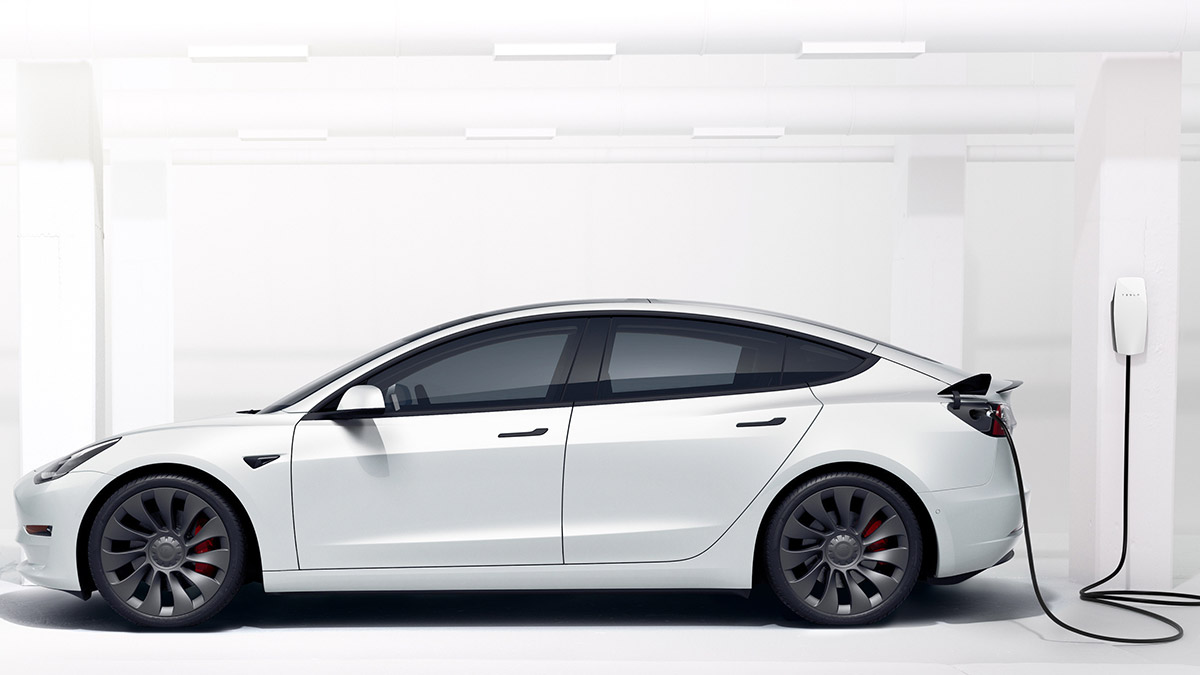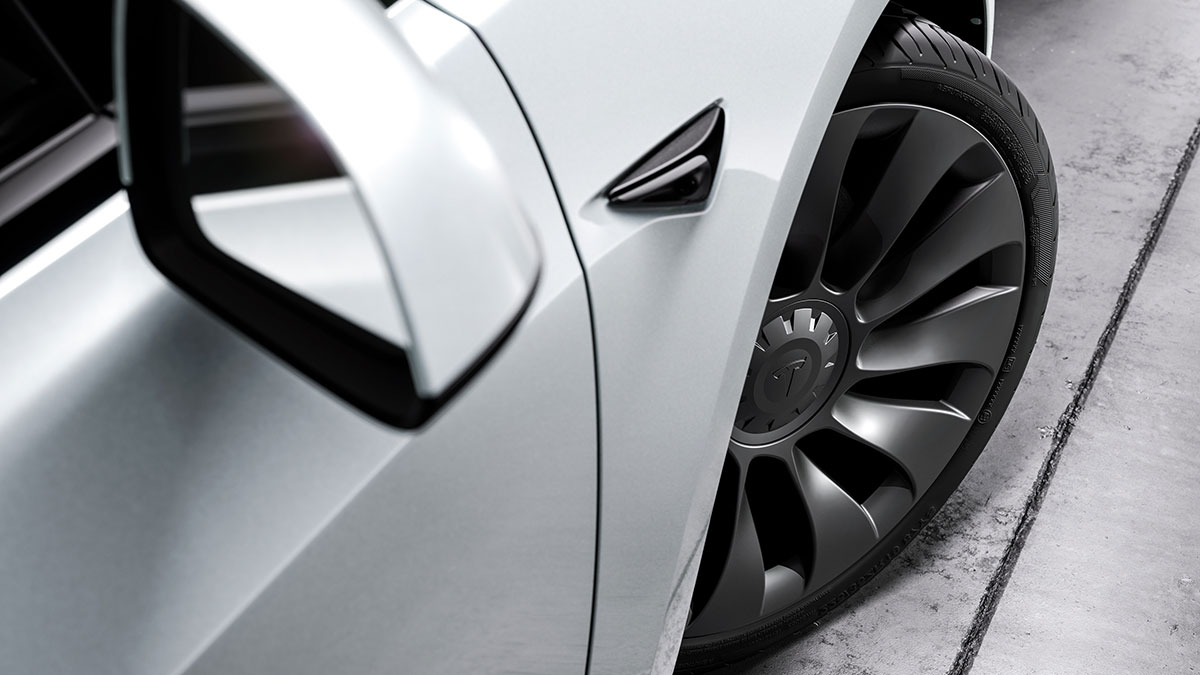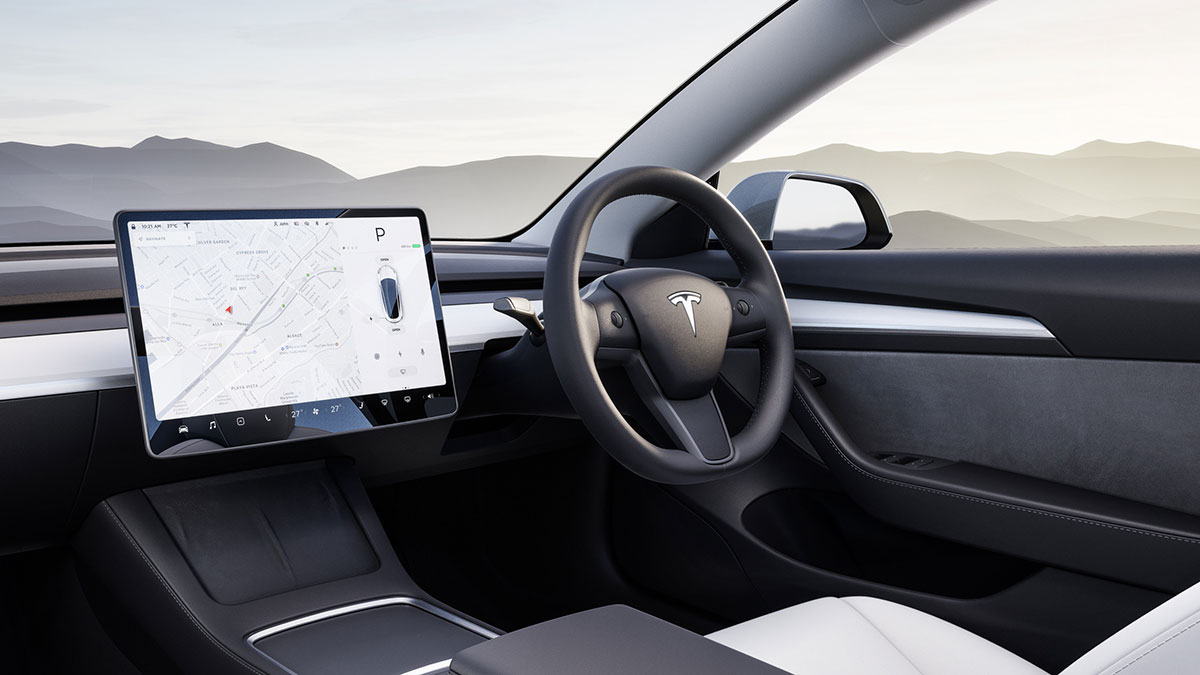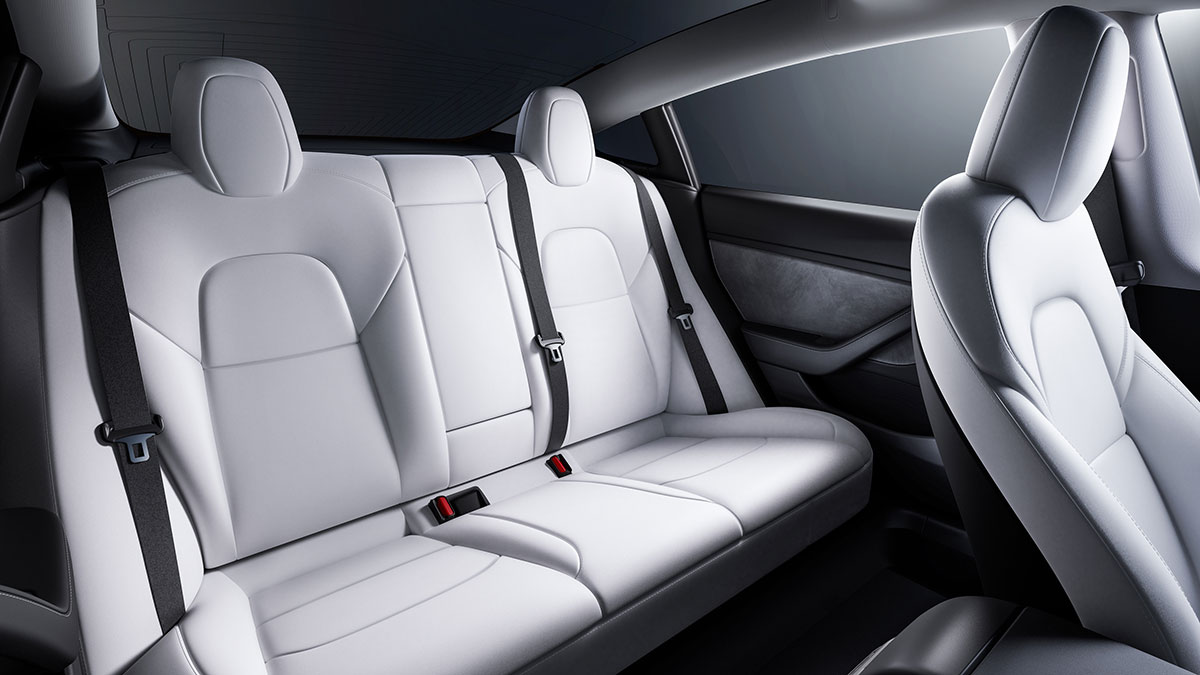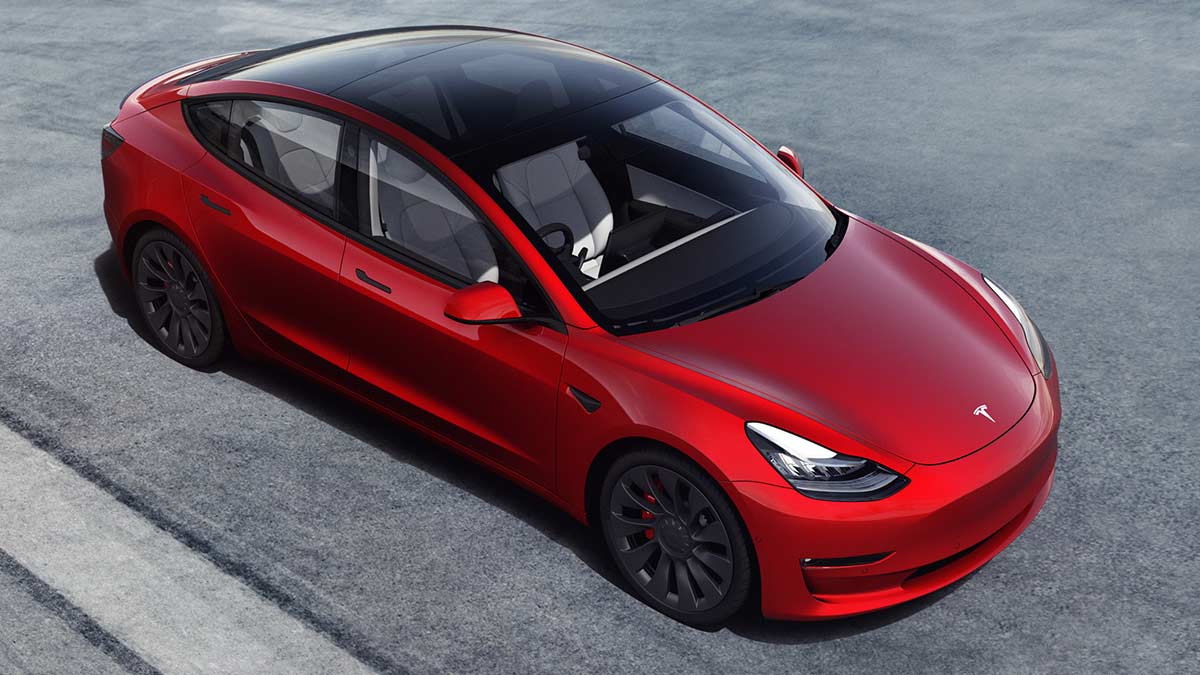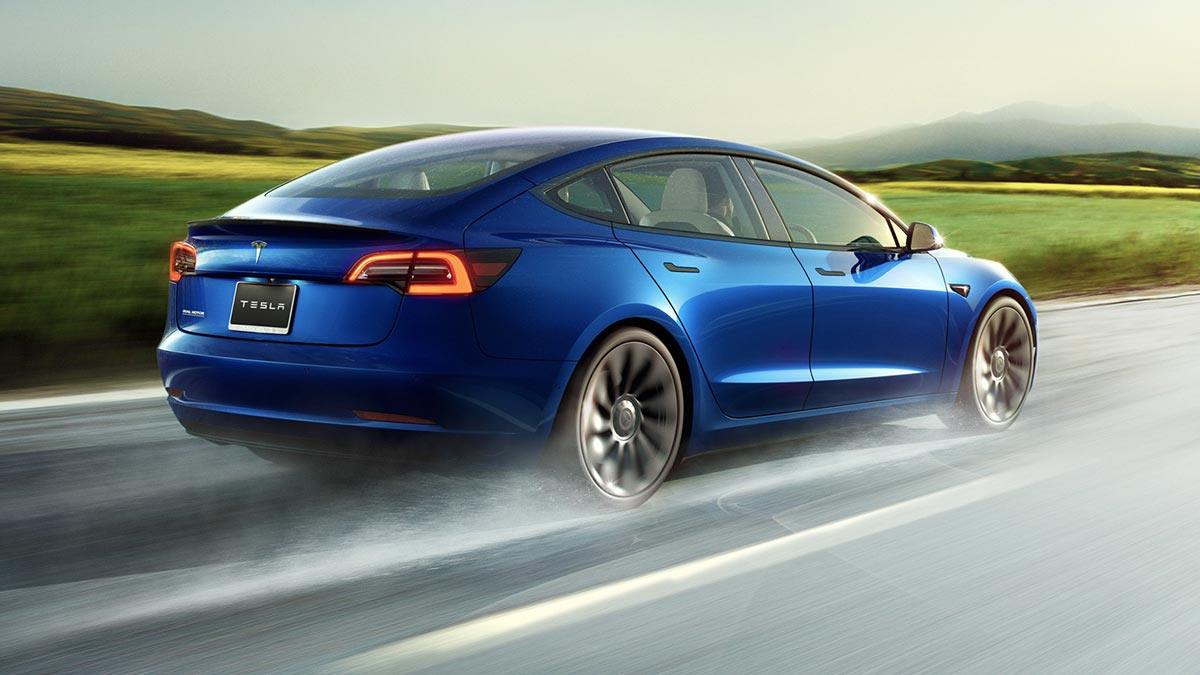The ninth-generation Toyota HiLux has arrived, bringing with it a futuristic forward exterior design, more safety and tech and the same rugged capability owners love. Will the updates tempt private buyers away from the Ford Ranger or are they just enough to keep fleets onside?
Tesla Model 3 RWD review: the top electric car in Australia?

The Tesla Model 3 has traditionally struggled to maintain quality standards along with its quirkiness. But it seems the tech giant is growing up with the 2022 Tesla Model 3 RWD.
Only a few years ago Tesla was a niche electric-only brand. These days, thanks to the growing popularity of electric vehicles, Tesla is big business and has muscled itself into being the world’s most valuable car maker.
On the luxury front, it’s also now fighting with the big boys on sales thanks to the popularity of the Tesla Model Y SUV and Model 3 sedan.
So, what’s all the hype about? And is the Tesla excitement justified against competitors such as the Hyundai Ioniq 6? We jumped behind the wheel of the latest update to the Tesla Model 3 to find out.
On this page
Tesla Model 3 pricing and features
There are three flavours of Tesla Model 3. The more expensive variants - called Long Range and Performance - get two electric motors and genuinely brisk performance. The car we’ve tested here is the most affordable, now known as the Rear-Wheel Drive (formerly it was the Standard Range Plus).
As the name suggests, the RWD drives only the rear wheels using a single electric motor.
To the casual observer, the Tesla Model 3 doesn’t look any different to when it launched three years ago. There are subtle differences, such as black door handles. And with the arrival of this RWD model, Tesla has tweaked the lights - but the body and basics are unchanged.
There are other key changes with the car that come from software. Tesla pioneered over-the-air software updates, so just like a smartphone, new features and upgrades to the system can improve it over time. It may be something as quirky as adding a new game to the infotainment system (we’ll get to that) or altering the drive system to improve efficiency. Either way, there’s a good chance the car you buy today will in some ways get better with age.
The latest update to the Tesla Model 3 RWD also added gear to the already extensive list of equipment. A heated steering wheel and heated rear seats are two of the extras that join electric front seats, a panoramic sunroof, 18-inch alloy wheels, dual wireless phone chargers and a power operated boot lid.
The Tesla Model 3 RWD previously sold for $59,900 before on-road costs, following a succession of price reductions since it went on sale in 2019. But there have been two prices rises in 2022 that have added $4,000 to the asking price, making it $69,361 drive-away in Victoria. Those eligible will be access Australian EV rebates.
Tesla Model 3 safety equipment
The Tesla Model 3 RWD has a 5-star ANCAP safety rating overall and in every safety category, with advanced airbags, LED headlights, rear fog lights, impact protection and traction control. It features safety equipment like speed limit warnings, automatic emergency braking, forward and blind spot collision warnings, and corrective lane-centering steering if a potential collision or unintended lane departure is detected.
Tesla Model 3 interiors and design
Quality has long been a Tesla bugbear. While the company was innovating in its vehicles, it was playing catch up on how to mass-produce vehicles to a globally acceptable standard. Early efforts were sub-standard, but since the shift to a Chinese manufacturing facility, the anecdotal evidence suggests things have improved.
The interior of the Tesla Model 3 is minimalist to the extreme. There’s very little glitz, with a strip of wood the only thing livening the plain dash. The small-diameter steering wheel has two thumbwheels, each of which is responsible for plenty of the car’s functions. Want to adjust the mirrors, steering wheel, audio volume and cruise control speed? It’s all done via those thumbwheels.
The 15-inch touchscreen is also a key part of the car. The right-hand side doubles as the instrument cluster and can also provide visualisation of how the Autopilot driver assistance software is working with funky graphics that show the movement of traffic around the car. That screen also controls everything from navigation, phone, and audio functions, all of which are done with Tesla’s own connectivity, rather than utilising Apple CarPlay and Android Auto, as most other brands do.
The Tesla Model 3 RWD is also vegan, eliminating the use of animal products on the seats (the leather-look finish doesn’t try too hard to replicate the real thing) and in the glues.
And if you enjoy the lighter side of motoring, then you can instruct the indicators to make fart sounds (the kids love it!) or even play arcade games when the car is stopped.
Tesla Model 3 battery, charging and efficiency
There’s another plus to Tesla ownership that may not be top of mind when perusing the car yards: charging. The Tesla Model 3 uses the same default Type 2/CCS charging plug chosen by most EVs sold in Australia these days. That means it can use the rapidly expanding EV charging network.
But it can also use the vast Tesla charging network that can only be used by Teslas (the chargers do a digital handshake with the car to establish they are allowed to use them). While fast-charging Tesla electricity is often more expensive than alternatives, it at least provides another option when you’re not charging from home.
Tesla Model 3 performance and handling
Anyone unfamiliar with the Tesla brand may take time to acclimatise with a Tesla Model 3. Like switching from a PC to a Mac, you’ll need to adjust to some of its unique EV features. The way the Tesla Model 3 (and the Tesla Model Y SUV) works is very different from anything from the traditional brands.
With the Tesla Model 3 there’s no key, for example, with a thing that looks like a credit card your entry ticket to driving. Owners will also hook up their smartphone, so all they have to do is approach the car and it unlocks. There’s no start button, either; once your bum is on the seat the car is operational and ready to roll.
The latest Tesla Model 3 is slower than the one it replaces – not that most will pick it. Our independent testing found it was only about 0.3 seconds slower in the dash to 100km/h, but at 6.3 seconds (versus a claim of 6.1 seconds) it’s still brisk. What you don’t get by looking at the numbers is how effortlessly it does it. Brush the throttle and it lurches enthusiastically; there’s always loads in reserve to zip through traffic. The aggressive regenerative braking – which feels like you’re pressing the pedal – requires finesse when lifting off the throttle, but can save you a fair amount of battery drain.
The Tesla Model 3 RWD is also slick through corners. Grippy Michelin tyres hang on nicely and the steering is direct. Suspension is taut so you’ll feel the bumps, but it’s well controlled and competent.
